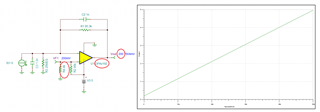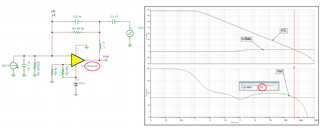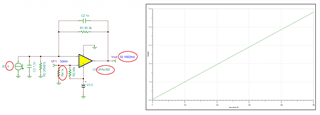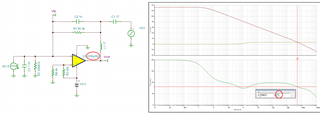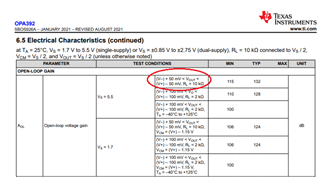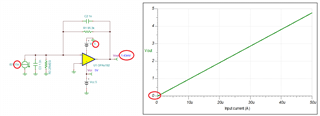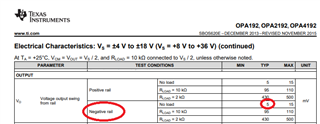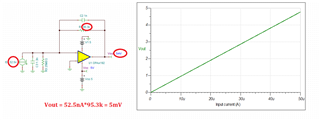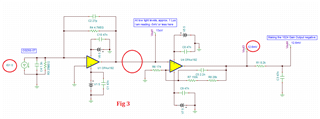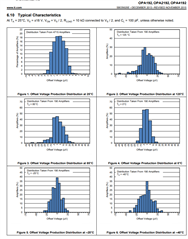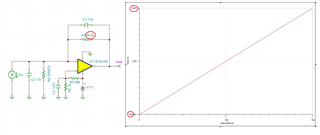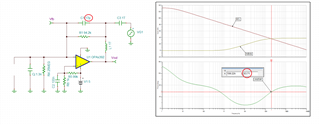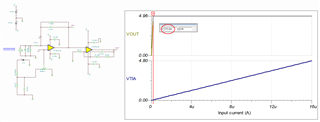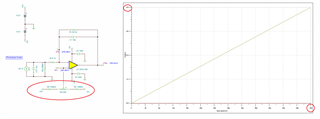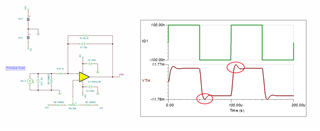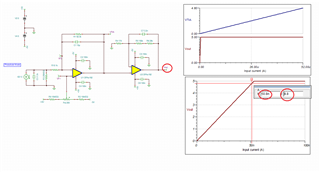Other Parts Discussed in Thread: OPA392, TINA-TI, OPA380, OPA4192, OPA2192
Hi Forum,
I am currently looking at improving the existing Photodiode circuitry to measure light at low levels (close to 0.01 Lux).I can understand the complexities of measuring light at these levels, however this is not what I am after.
Initially the design used an OSD15-5T Photodiode. Now, I was thinking of using one with a bigger surface area so that more light is seen by the photodiode. After wiring up the circuit (with the bigger photodiode - OSD50-5T), I can see that the output voltage of the Transimpedance amplifier goes negative when I blank/darken the sensor and it hits the positive rail when I open it. Please note that the diode is connected with 0 bias voltage (Cathode facing the -ve input of the Opamp).
Can the photodiode current change polarity when it goes dark (my initial thought is NO)?
Or
Can this be fixed by adding a bit of bias to the +ve terminal?
The TIA has bipolar rails (+/-5V). Because our system only uses the 0-5V range for the A/D converter, is it better to have the OPAMP connected to a single positive rail rather than Bipolar rails (+/-5) as it is currently?
Many thanks
Mathew



